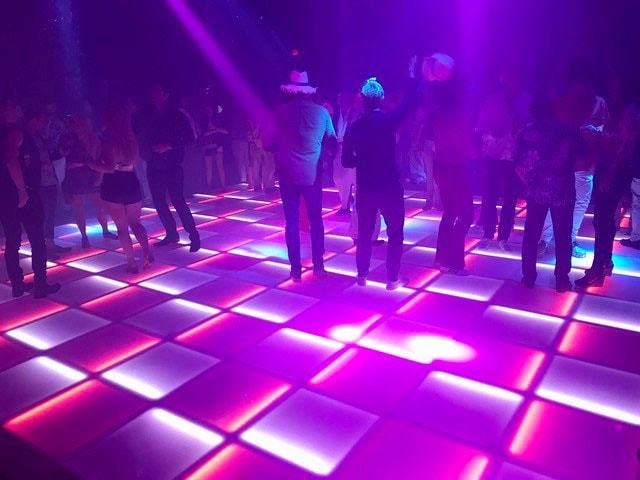Cutting-edge Design Movements Shaping the Prospects of Interactive Light Emitting Diode Dance Floors
Cutting-edge Design Movements Shaping the Prospects of Interactive Light Emitting Diode Dance Floors
Blog Article
Engaging LED dancing floors have become increasingly favored in multiple entertainment locations, such as nightclubs, musical events, and events. These floors utilize advanced tech to generate vibrant light showcases that respond to music and movement. As innovation continues to evolve, several creative styling patterns are shaping the future of these responsive dancing floors. These trends not only improve the visual encounter but also boost participant involvement and create a more engaging environment for dancers and spectators alike.
One notable trend in interactive light-emitting diode dance floors is the incorporation of smart tech. Many new designs feature sensors that identify movement and modify the illumination accordingly. This means that the floor can change hues, patterns, and visuals based on how many individuals are dancing and where they are located. This responsiveness creates a lively environment that promotes participation and excitement. Additionally, some models allow participants to control the illumination through mobile applications, giving them the power to tailor their experience in the moment.
Another important pattern is the utilization of sustainable materials and power-saving technology. As ecological concerns increase, many creators are focusing on creating LED dancing floors that are not only visually stunning but also sustainable. This comprises using recycled resources for the floor's construction and adopting energy-saving light-emitting diode lights. These advancements help reduce the environmental impact of events while still offering a captivating aesthetic encounter. By prioritizing eco-friendliness, designers are attracting to a more environmentally aware audience.
The integration of augmented reality (AR) is also changing the interactive dancing explanation floor encounter. AR technology enables users to view virtual images and animations superimposed on the real world through their smartphones or AR spectacles. This can improve the dance floor encounter by adding virtual elements that engage with the physical environment. For instance, dancers might witness animated characters or graphic effects that react to their movements, producing a distinctive and engaging environment. This pattern is particularly attractive to millennial crowds who are accustomed to virtual interactions in their daily activities.
Furthermore, the design of responsive light-emitting diode dance surfaces is becoming more versatile and modifiable. Many new models can be readily set up in various environments, from temporary events to long-term installations. This flexibility enables locations to develop tailored experiences that address to different themes and crowds. Some models even feature modular parts that can be rearranged to create varied shapes and arrangements. This flexibility not only enhances the aesthetic attractiveness but also allows for creative design in gathering organization.
In conclusion, the prospects of responsive LED dance surfaces is being influenced by innovative styling patterns that focus on technology, eco-friendliness, enhanced virtual reality, and flexibility. These developments are creating more engaging and immersive encounters for users, establishing dance floors a key element of entertainment venues. As these trends continue to evolve, they will probably reshape how individuals engage with music and movement, guaranteeing that responsive LED dance floors remain a popular option for events and celebrations.